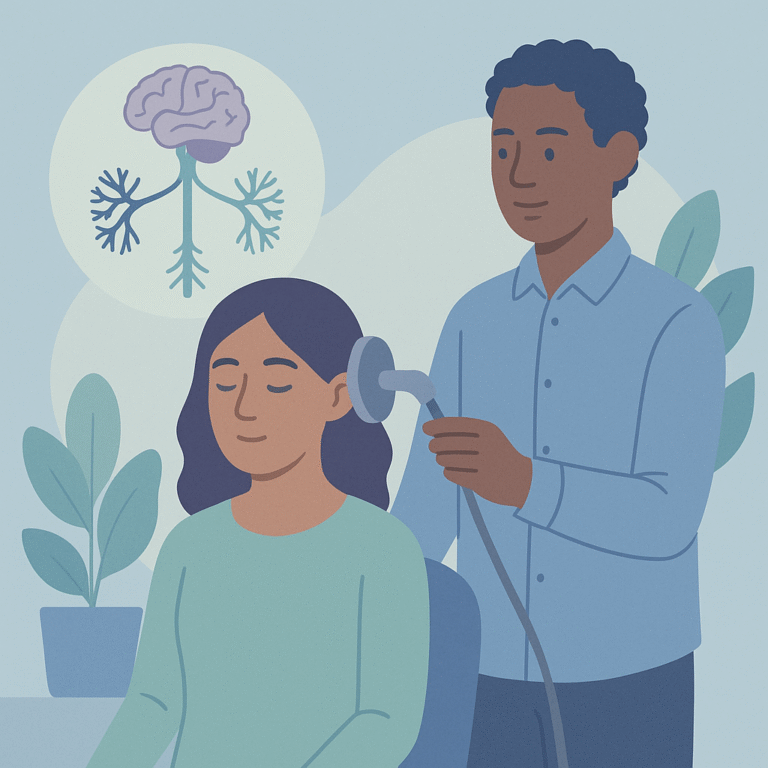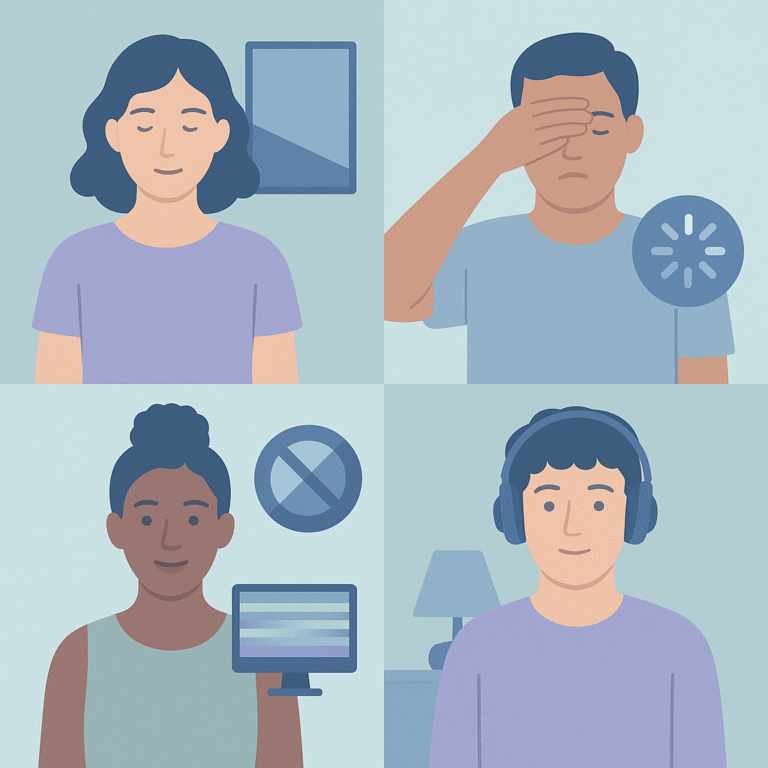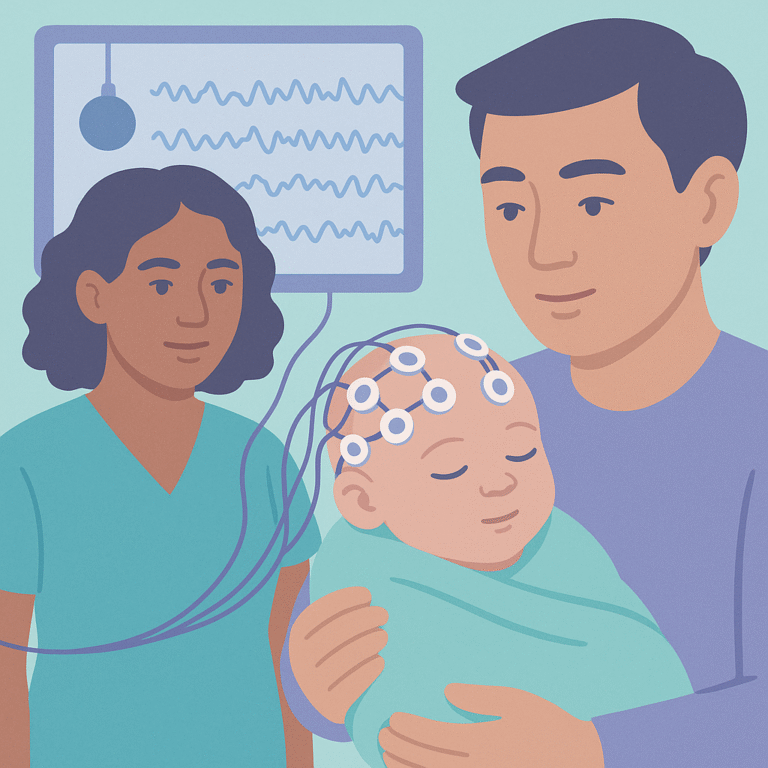Low-Frequency Ultrasonic Stimulation May Help Balance Autonomic Nervous System
This study looked at a new way to stimulate nerves without touching the skin, using sound waves.
Discover the latest findings in recent epilepsy research, where we break down complex studies into clear insights. Stay informed about cutting-edge breakthroughs, evolving theories, and advancements shaping our understanding of epilepsy.

This study looked at a new way to stimulate nerves without touching the skin, using sound waves.

A study was conducted to see if adding memantine, a medication often used for cognitive impairment, would worsen seizures in people with epilepsy.

Researchers studied how to improve healthcare practices in India by implementing Standard Treatment Guidelines (STGs) through a series of webinars.

Researchers studied a new way to diagnose epilepsy using electroencephalogram (EEG) data, which measures electrical activity in the brain.

A recent study by an expert panel from the Epilepsy Foundation focused on visually-provoked seizures (VPS), which can be triggered by certain visual stimuli like flashing lights or specific patterns.

This study looked at how machine learning (ML) can help doctors make better decisions about surgery for people with drug-resistant epilepsy (DRE).

Researchers studied the effects of a treatment called central responsive neurostimulation (RNS) on children with drug-resistant epilepsy (DRE) that affects multiple areas of the brain.

This study looked at how high-frequency activity (HFA) in the brain can help identify neonates (newborns) with seizures and predict their risk of developing epilepsy later on.

Researchers studied the effects of a drug called EQU-001 (ivermectin) on spasms in a rat model of infantile epileptic spasms syndrome (IESS).